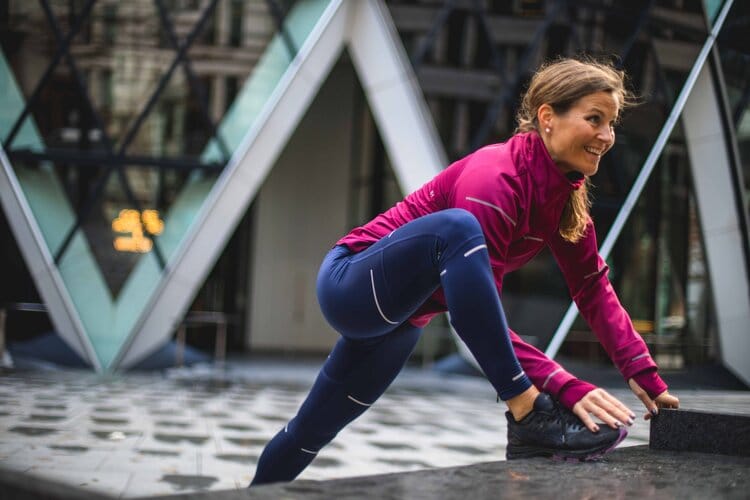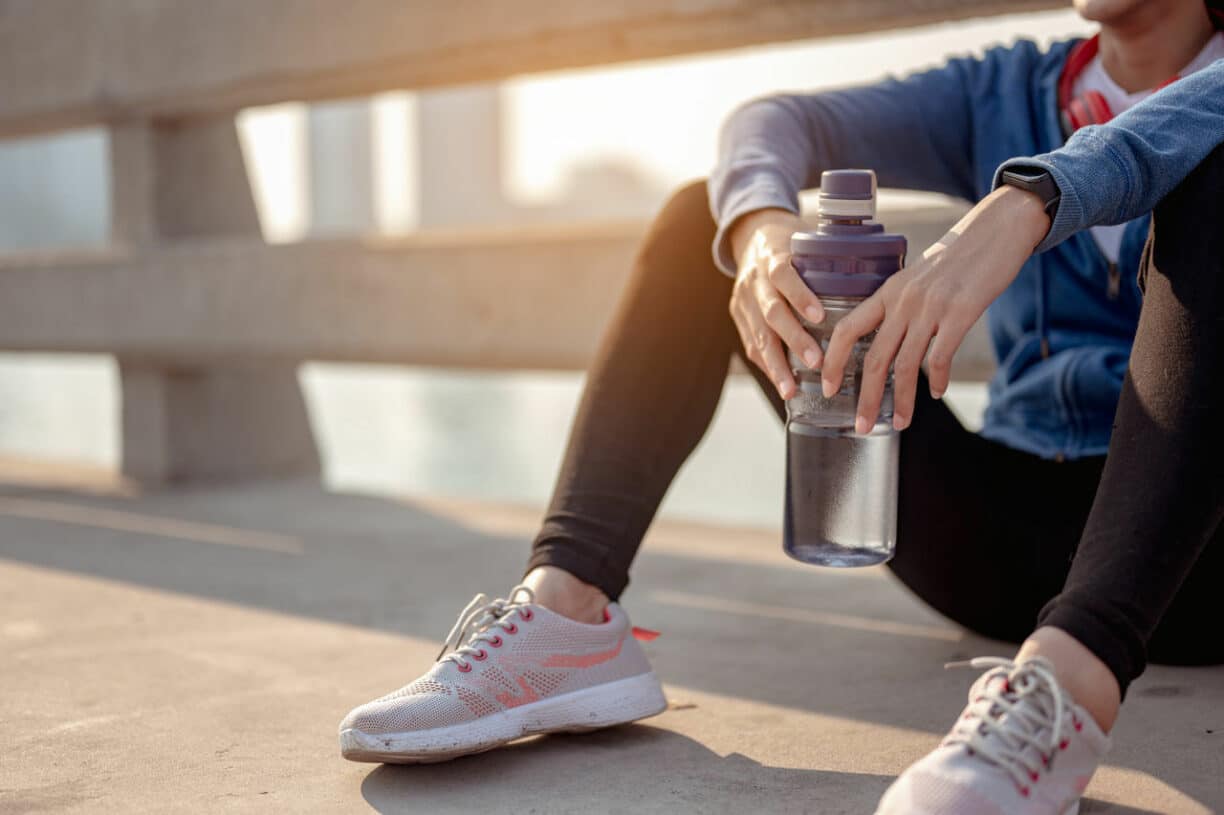When life tosses you a curveball in the form of relentless urinary tract infections (UTIs), maintaining a workout routine can feel like a Herculean task.
For many, just the act of gearing up in snug Lycra and lacing up those trainers requires a heroic dose of determination.
But when you’re also wrestling with searing pelvic pain, frequent dashes to the loo, and a burning sensation that could rival any workout burn, the very idea of sticking to a fitness regimen seems downright impossible.
Yet, it’s crucial to remember that UTIs, which impact over half of women and 30% of men over 60 in the UK, aren’t necessarily a red light to your exercise routine.
Although these pesky infections—primarily caused by bacteria entering the urinary tract—account for a staggering 3% of all GP visits in England, exercising itself doesn’t worsen the condition. In fact, moderate physical activity could distract you from the discomfort, at least temporarily.
Here’s a guide to navigating the gym landscape with a UTI:
Weight Lifting

Most gym activities are safe with a UTI. If you’re eyeing the barbell for some overhead presses, just ensure you’re breathing properly throughout the exercise to avoid increasing abdominal pressure that can press on the bladder.
However, I’d steer clear of heavy lifting moves like deadlifts or squats, as these can exacerbate pressure on your bladder due to intense hip flexing.
Ab Workouts
While tempting, intense ab exercises like crunches and planks can also ramp up internal abdominal pressure.
If you must engage in these, focus on deep breathing to minimize the pressure. Better yet, give these a miss until you’re feeling up to snuff—your six-pack isn’t going anywhere.
Running

Running while on certain antibiotics, such as fluoroquinolones—which can weaken tendons—demands careful consideration.
The FDA has flagged these drugs for their potential to impair tendon repair, making even a simple jog potentially risky.
If you notice any unusual symptoms like tendon pain or see blood in your urine (a condition known as haematuria), it’s best to pause and reassess your regimen.
Cycling
Saddle up with caution: cycling can increase bacterial migration due to the proximity to areas rich in bacteria and the friction from the saddle.
Stay hydrated and perhaps reconsider long rides that can lead to dehydration and exacerbate bacterial growth.
Hydration and Hygiene

Keep a water bottle handy and sip regularly to help flush out bacteria. After your workout, don’t linger in sweaty clothes—change out to reduce the risk of further irritation or infection.
Clothing
Opt for looser-fitting clothes during a UTI bout. This reduces pressure on the pelvic area and helps in managing symptoms better. Natural fabric underwear is also advisable as it helps in moisture management.
Lastly, incorporating a herbal supplement like URALIX might offer additional protection by targeting the root cause of bladder infections without relying on antibiotics. This could be a game-changer for those recurrently affected by UTIs.
Although UTIs are daunting, they don’t have to derail your fitness journey. With the right precautions and modifications, you can maintain your physical health without compromising your urinary health.





